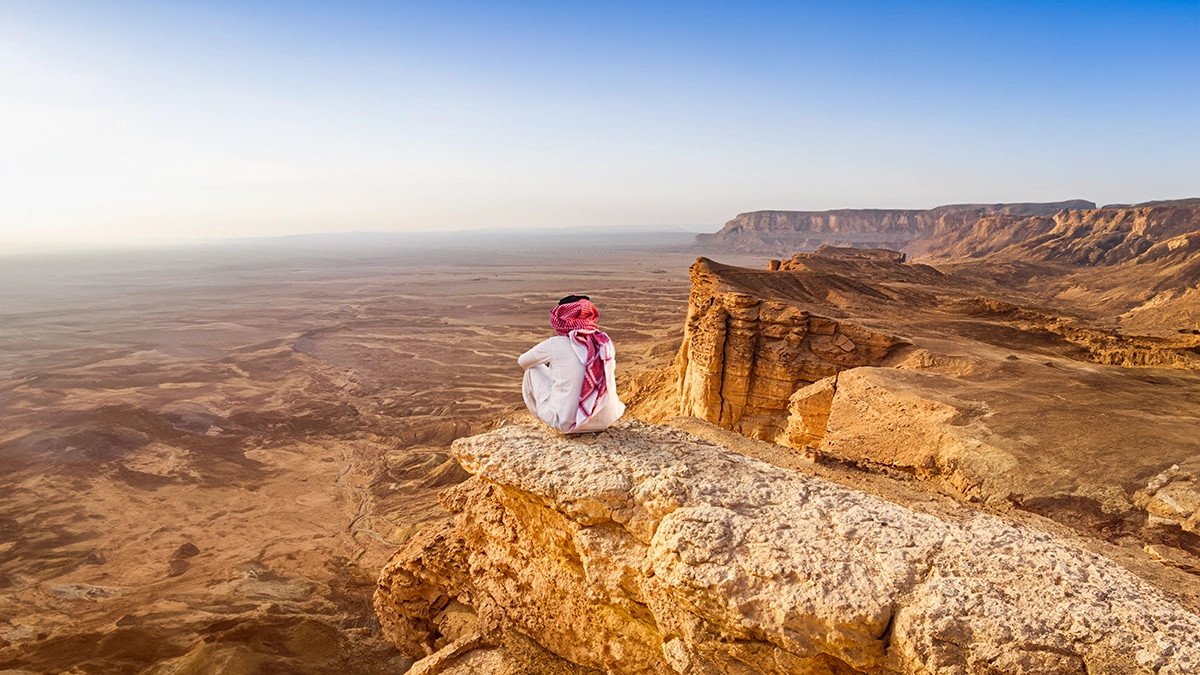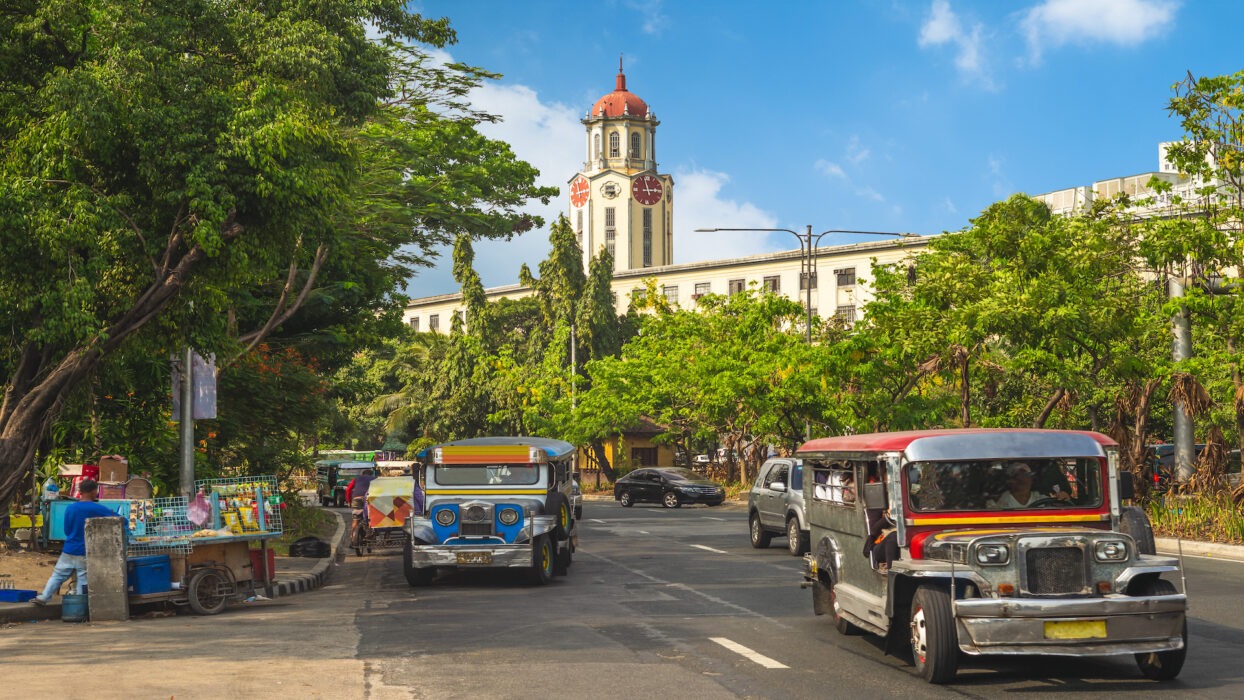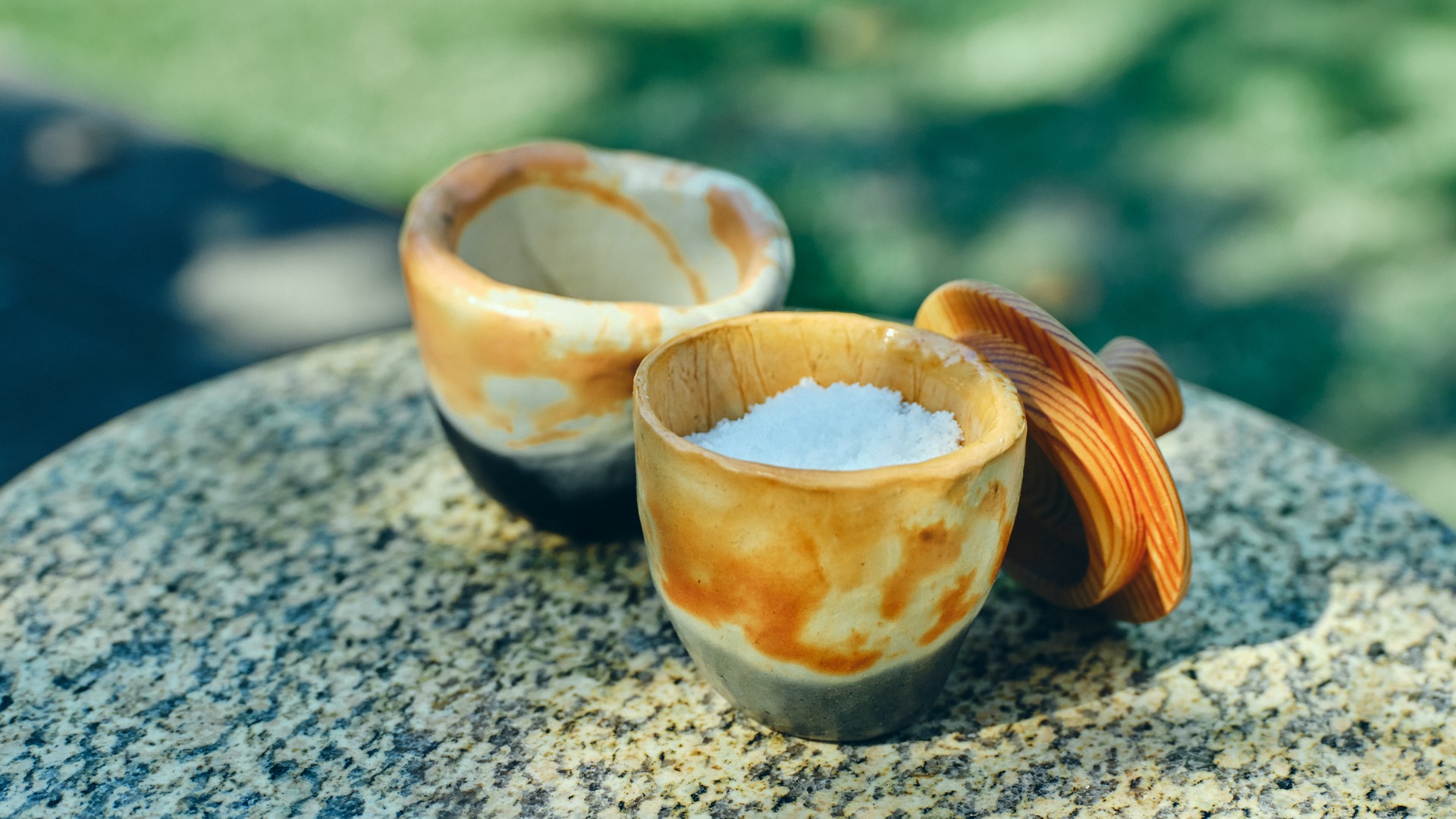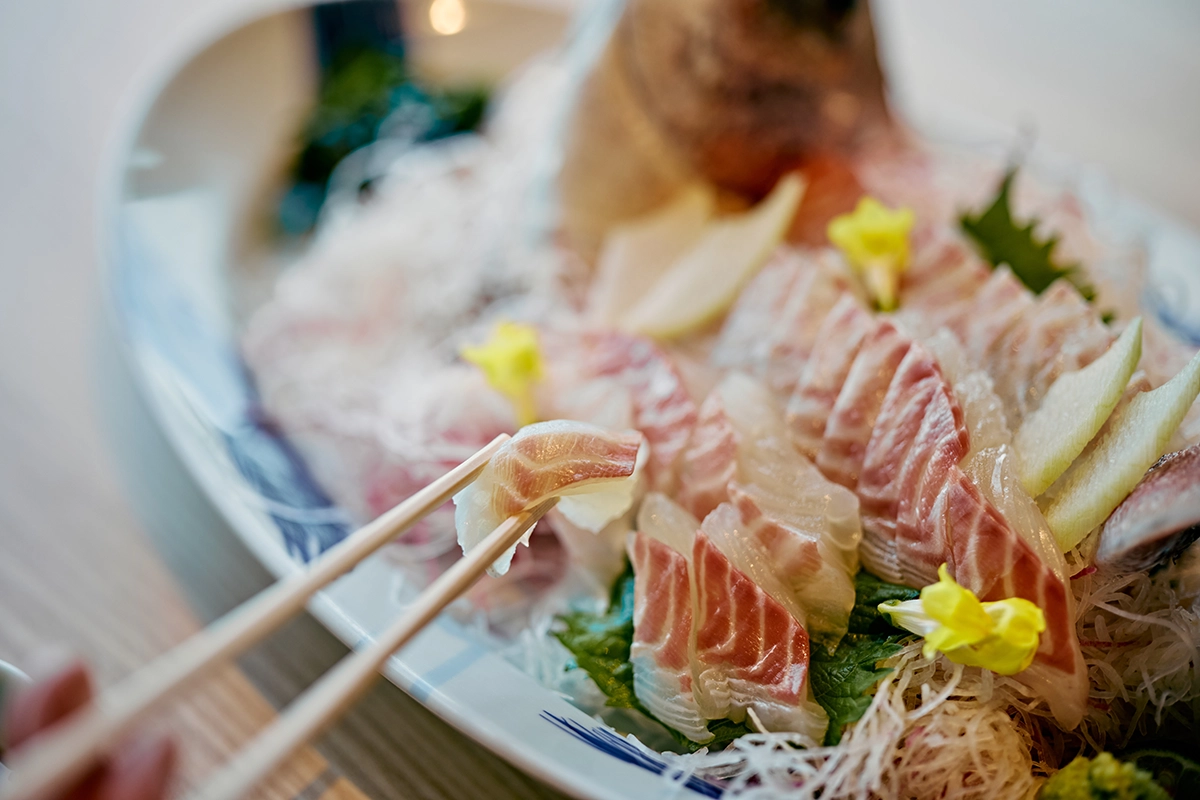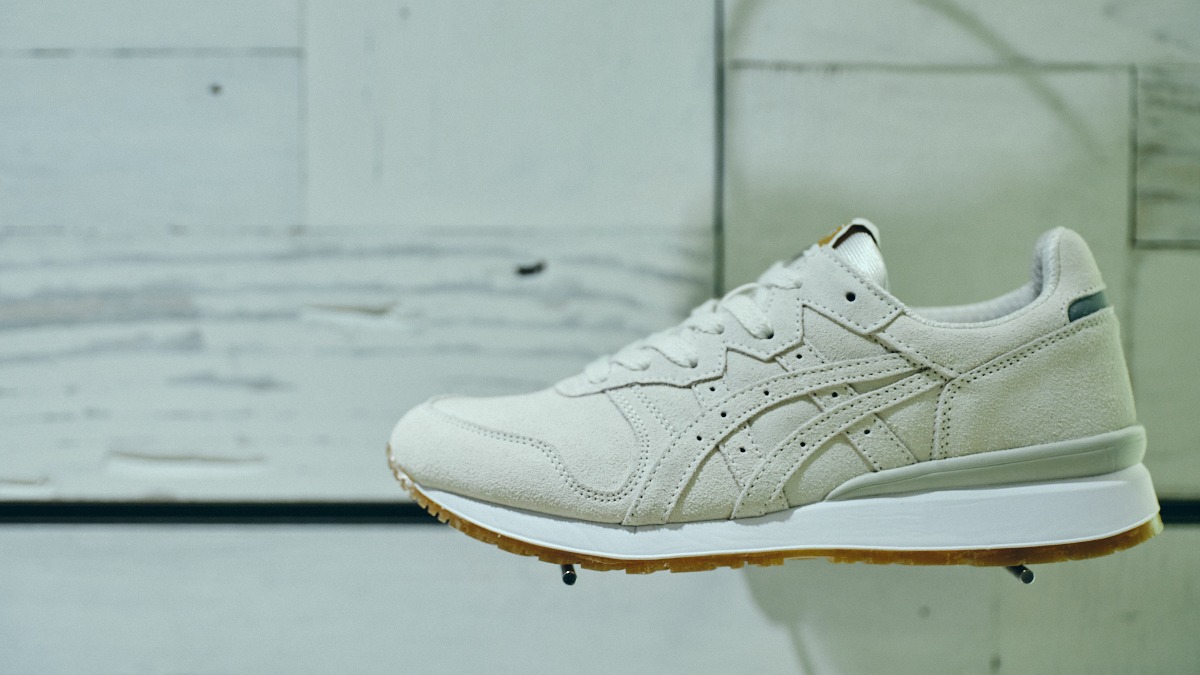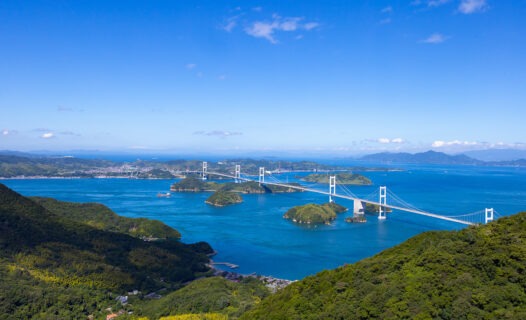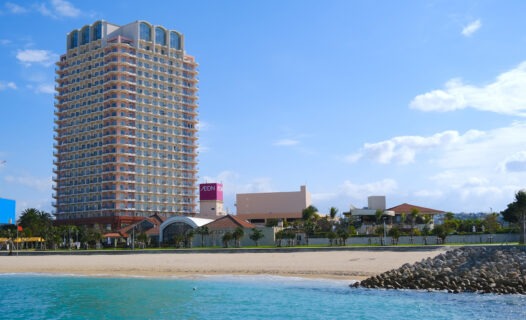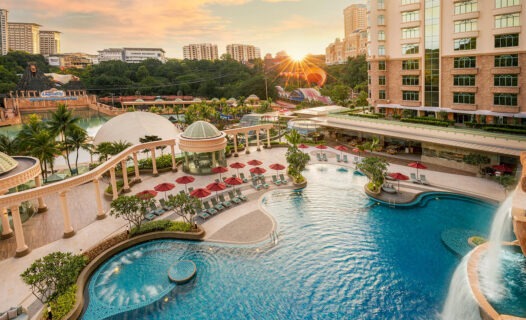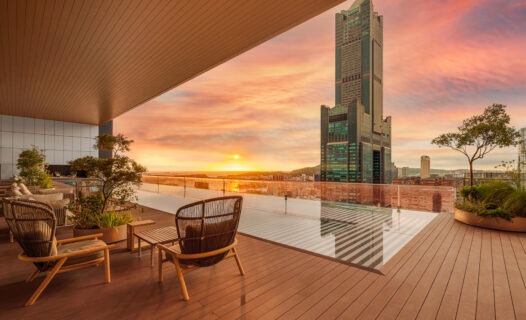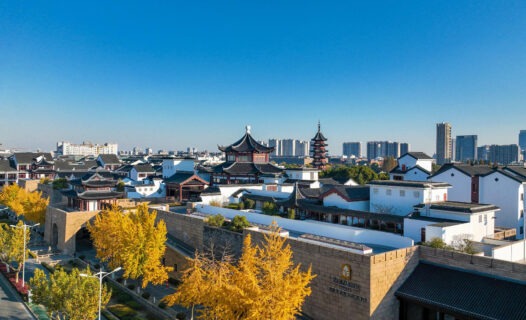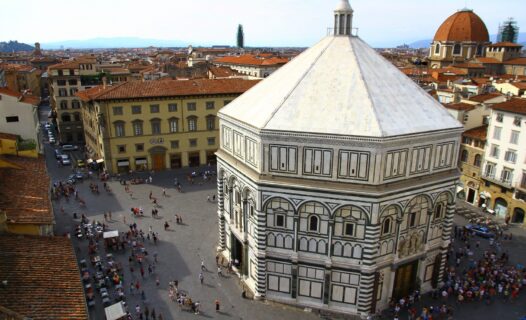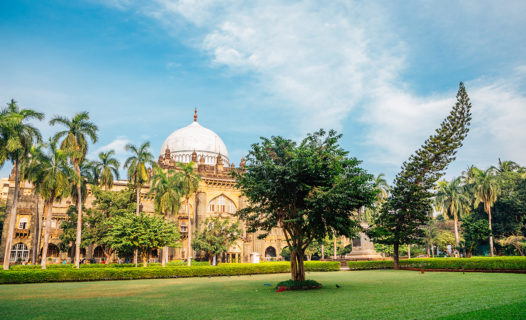Experience the Colorful Festivals of the Philippines
The Philippines is a country that dances to the rhythm of its rich cultural heritage, and nothing showcases this more vibrantly than its festivals. With over 7,000 islands, each region boasts its own unique celebrations that reflect local traditions, history, and community spirit. From the lively street parades to the mesmerizing displays of artistry, the festivals in the Philippines are a feast for the senses and an invitation to immerse oneself in the joyous atmosphere of Filipino culture.
These festive occasions are not just events; they are a way for communities to come together, celebrate their identity, and share their stories. Festivals are woven into the very fabric of Filipino life, offering a glimpse into the heart and soul of the nation. Whether you’re dancing alongside locals in a colorful street parade or savoring mouthwatering delicacies at a food fair, participating in these cultural festivals is an experience like no other.
Discovering the Best Festivals in the Philippines: A Cultural Extravaganza
Get ready to be swept off your feet as we explore the best festivals in the Philippines! The air is filled with excitement and anticipation as towns and cities prepare for their annual celebrations. Imagine the sound of drums echoing through the streets, the smell of delicious street food wafting through the air, and the sight of locals adorned in vibrant costumes, all coming together to celebrate their heritage.
Participating in these cultural festivals in the Philippines is not just about observing; it’s about joining in the fun! From traditional dances to thrilling competitions, each festival offers a unique opportunity to engage with the locals and experience their customs firsthand. Not only do these events promote local tourism, but they also foster community engagement, bringing people together to celebrate their shared history and traditions.
Ready to plan your cultural adventure? Check out our guide to Discover Famous Places in the Philippines: Festivals & Culture for more insights on the must-visit events!
Month-by-Month Festival Calendar: Plan Your Cultural Adventure
Mark your calendars! With a festival for every month, the Philippines offers a year-round celebration of culture and tradition. Whether you’re a fan of music, food, or colorful parades, there’s a festival waiting for you. Below is a sneak peek of some of the most exciting festivals to visit in the Philippines throughout the year:
- January: Sinulog Festival in Cebu – A grand celebration in honor of the Santo Niño featuring street dancing and a vibrant parade.
- February: Panagbenga Festival in Baguio – A flower festival showcasing stunning floats and flower floats parade.
- March: Pahiyas Festival in Lucban – A colorful harvest festival where locals decorate their homes with rice and colorful materials.
- April: Ati-Atihan Festival in Aklan – Known as the “Merrymaking of the Ati,” this festival features tribal dances and a lively atmosphere.
- August: Kadayawan Festival in Davao – A week-long celebration of the city’s cultural heritage and bountiful harvest.
These are just a few highlights, and the list goes on! Each festival has its own charm and character, making it easy to find one that resonates with your interests. By planning your visit around these seasonal festivals in the Philippines, you can ensure a culturally enriching experience that you’ll remember for years to come.
For a detailed breakdown of festival dates and activities, check out our Free Travel Guide for Philippines!
Spotlight on Iconic Festivals: Celebrating Culture and Joy
Now, let’s shine a spotlight on some of the most iconic festivals that truly capture the essence of Filipino culture. These celebrations are not just popular festivals in the Philippines; they are a vibrant showcase of the country’s rich heritage and traditions. Each festival tells a story, and participating in them is a fantastic way to connect with the local culture.
From the rhythmic beats of the Sinulog Festival in Cebu to the colorful displays of the Pahiyas Festival in Quezon, these events are sure to leave you enchanted. You’ll find that each festival is a unique tapestry of music, dance, food, and community spirit, making them unforgettable experiences for travelers and locals alike.
Stay tuned as we delve deeper into each of these spectacular festivals, exploring their history, activities, and the delightful local cuisines that accompany them!
Spotlight on Iconic Festivals: Celebrating Culture and Joy
Get ready to immerse yourself in the heart of Filipino culture as we spotlight some of the most iconic festivals that celebrate the spirit of the Philippines! These festivals are not just events; they are a captivating blend of tradition, community, and joy, showcasing the rich heritage of the islands. Each festival has its own unique story, and participating in them offers an unforgettable experience that connects you with the local culture.
Sinulog Festival: Celebrating Cebu’s Heritage
Every January, the streets of Cebu come alive with the Sinulog Festival, a grand celebration honoring the Santo Niño. This vibrant event features street dancing, colorful floats, and a lively parade that draws thousands of locals and tourists alike. The rhythmic beat of drums fills the air as participants, dressed in traditional costumes, dance their way through the streets. Don’t miss the chance to indulge in Cebu’s famous lechon (roast pig) while you’re there—it’s a culinary highlight!
- Date: Third Sunday of January
- Location: Cebu City
- Activities: Street dancing, grand parade, religious activities
- Local Cuisine Highlights: Lechon, puso (rice wrapped in coconut leaves), and various street food
Ati-Atihan Festival: A Cultural Kaleidoscope in Aklan
Head over to Aklan in January for the Ati-Atihan Festival, often referred to as the “Merrymaking of the Ati.” This festival is a lively celebration of the indigenous Ati people and features participants painting their faces with soot, dancing to drum beats, and engaging in various cultural activities. The infectious energy and sense of community make this festival a must-see!
- Date: Third Sunday of January
- Location: Kalibo, Aklan
- Activities: Street dancing, cultural presentations, and religious processions
- Local Cuisine Highlights: Binakol (chicken cooked in coconut), and various local delicacies
Pahiyas Festival: A Feast for the Eyes in Quezon
In May, the town of Lucban transforms into a colorful canvas during the Pahiyas Festival. This unique harvest festival is celebrated by decorating homes with vibrant rice wafers, fruits, and vegetables, creating a stunning visual display. The locals take pride in showcasing their creativity, and the atmosphere is filled with laughter, music, and delicious food. Be sure to try the local delicacies like longganisa (native sausage) and the famous lucban longganisa!
- Date: May 15
- Location: Lucban, Quezon
- Activities: House decorations, street fairs, and cultural performances
- Local Cuisine Highlights: Longganisa, pancit habhab (noodles served on a banana leaf), and various rice cakes
Panagbenga Festival: Flowers and Festivities in Baguio
February brings the enchanting Panagbenga Festival to Baguio City, where the cool mountain air is filled with the fragrance of flowers. Known as the “Flower Festival,” this celebration showcases grand floats adorned with colorful blooms and lively street dancing. The entire city comes together to celebrate the beauty of nature, and it’s a fantastic opportunity to enjoy the local crafts and fresh produce at the market.
- Date: February
- Location: Baguio City
- Activities: Flower floats parade, street dancing, and flower exhibitions
- Local Cuisine Highlights: Strawberry taho (silken tofu with strawberry syrup) and ube (purple yam) delicacies
Kadayawan Festival: Davao’s Cultural Showcase
August is the time for the Kadayawan Festival, a week-long celebration in Davao City that honors the rich cultural heritage of the indigenous people and the bountiful harvest of the region. Expect a spectacular display of floral floats, street dancing, and cultural presentations that highlight the diverse traditions of Davao. Don’t forget to savor the local fruits, especially the sweet durian and mangosteen!
- Date: Third week of August
- Location: Davao City
- Activities: Street dancing, floral floats parade, and cultural exhibits
- Local Cuisine Highlights: Durian, mangosteen, and various seafood dishes
MassKara Festival: The Smiles of Bacolod
Every October, Bacolod City lights up with smiles during the MassKara Festival. This festival is a celebration of resilience and joy, featuring participants in colorful masks and costumes dancing to upbeat music. The atmosphere is electric, and you can enjoy street parties, food stalls, and cultural performances throughout the city. Make sure to try the local chicken inasal (grilled chicken) while you’re there!
- Date: Third week of October
- Location: Bacolod City
- Activities: Street dancing, mask-making contests, and food fairs
- Local Cuisine Highlights: Chicken inasal, puto (rice cake), and various local snacks
These festivals are just a glimpse into the rich cultural landscape of the Philippines. Each event is a celebration of life, heritage, and community, making them a perfect opportunity for travelers to connect with the local culture. Don’t miss out on these unforgettable experiences!
Festive Activities: Engaging in the Culture
Festivals in the Philippines are not just about the sights and sounds; they are immersive experiences that invite you to participate and engage with the local culture. From traditional dances to music performances, every festival offers a variety of activities that allow you to feel the pulse of the community.
During the Sinulog Festival, you can join in the street dancing, learning the steps from friendly locals who are eager to share their traditions. At the Ati-Atihan Festival, immerse yourself in the cultural kaleidoscope by painting your face with soot and dancing alongside the Ati tribespeople. Each festival is an opportunity to create lasting memories and forge connections with the locals.
Food fairs are another highlight of many festivals, where you can taste authentic Filipino dishes and regional specialties. Engage your taste buds at the Pahiyas Festival, where the streets are lined with food stalls offering local delicacies. Festivals are a celebration of community spirit, and participating in these activities will leave you with a deeper appreciation for Filipino culture.
Culinary Delights: Food Festivals and Local Specialties
No festival in the Philippines is complete without indulging in the mouthwatering local cuisine! Each celebration is an opportunity to savor unique dishes that reflect the region’s flavors and culinary traditions. At the Kadayawan Festival, feast on the freshest tropical fruits and seafood that Davao is famous for. The vibrant food scene will tantalize your taste buds and introduce you to the rich flavors of Filipino cuisine.
During the MassKara Festival, don’t miss out on trying Bacolod’s famous chicken inasal, a grilled chicken dish marinated in a savory blend of spices. The Pahiyas Festival offers an array of local treats, including sweet rice cakes and savory longganisa. Each festival is a culinary adventure, and tasting the local specialties adds another layer of enjoyment to your experience.
Food festivals are often held in conjunction with major celebrations, providing a chance to sample dishes from various regions. Be sure to explore the food stalls and try as many local delicacies as you can! It’s a delicious way to connect with the culture and the people.
Practical Information for Festival-Goers: Tips and Tricks
Attending festivals in the Philippines is an exhilarating experience, but a little preparation can go a long way in ensuring you make the most of your time. Here are some practical tips to help you navigate your festival adventure:
- Book Accommodations Early: Festivals attract large crowds, so it’s wise to book your accommodations well in advance to secure your stay.
- Arrive Early: Get to the festival site early to grab a good spot for viewing parades and performances. This also gives you time to explore the food stalls!
- Stay Hydrated: Festivals can get hot and crowded, so keep hydrated and take breaks as needed.
- Respect Local Customs: Each festival has its own traditions and customs. Be mindful and respectful of the local culture to enhance your experience.
With these tips in hand, you’re all set to enjoy the festivities to the fullest. The warmth of the Filipino people and the richness of their culture will make your festival experience truly special!
Sustainability and Conservation: Celebrating Responsibly
As you revel in the vibrant festivities, it’s essential to keep sustainability in mind. Festivals can have a significant impact on the environment and local communities, so here are some tips to celebrate responsibly:
- Support Local Vendors: Purchase food and crafts from local vendors to help boost the local economy.
- Reduce Waste: Bring reusable water bottles and bags to minimize waste during your festival experience.
- Respect Nature: Be mindful of your surroundings, especially in natural settings, and follow any guidelines provided by festival organizers.
By embracing eco-friendly practices, you can enjoy the festivals while contributing to the preservation of the culture and environment. Your support helps ensure that these cherished celebrations continue for generations to come!
Outdoor Activities and Adventures: Beyond the Festivals
While the festivals are undoubtedly a highlight, the Philippines offers a plethora of outdoor adventures that you can enjoy while you’re in the area. From stunning beaches to lush mountains, there’s no shortage of natural beauty to explore.
Consider planning a day trip to nearby attractions after the festival festivities. For instance, if you’re in Cebu for the Sinulog Festival, take a hike to the stunning Kawasan Falls or go island hopping in Moalboal. If you’re at the Kadayawan Festival in Davao, explore the breathtaking landscapes of Mount Apo or relax at the beautiful beaches of Samal Island.
These outdoor activities provide a perfect balance to the vibrant festival atmosphere, allowing you to experience the stunning natural beauty of the Philippines while creating unforgettable memories.
Shopping for Souvenirs: Take a Piece of the Culture Home
No trip to a festival is complete without picking up a few souvenirs! The Philippines is home to a variety of unique crafts and local products that make for perfect mementos. From colorful woven bags to intricate wood carvings, you’ll find plenty of treasures at festival markets.
During the Pahiyas Festival, for example, you can purchase beautifully crafted rice wafers and other local delicacies to take home. The MassKara Festival offers a chance to buy vibrant masks and other festival memorabilia. Supporting local artisans not only helps the economy but also allows you to take a piece of the culture back with you.
Don’t forget to haggle a little; it’s part of the fun and can lead to great deals! Shopping at festivals is not just about buying; it’s about connecting with the local culture and bringing home a piece of the Philippines.
Safety and Health Guidelines: Staying Safe While Celebrating
While festivals are all about fun and celebration, it’s important to keep safety in mind. Here are some handy tips to ensure a safe and enjoyable experience:
- Stay Aware: Keep an eye on your belongings and be mindful of your surroundings, especially in crowded areas.
- Follow Health Guidelines: Be aware of any health protocols in place during the festival and adhere to them for your safety and the safety of others.
- Know Emergency Contacts: Familiarize yourself with local emergency numbers and the location of the nearest medical facilities.
By taking a few precautions, you can focus on enjoying the festivities and making the most of your cultural adventure in the Philippines!
Commonly Asked Questions (FAQs): Your Festival Queries Answered
Curious about festivals in the Philippines? Here are some frequently asked questions that can help you prepare for your adventure:
- What should I wear to a festival? Dress comfortably and be prepared for the weather. Many locals wear traditional clothing, but casual attire is also acceptable.
- Are festivals family-friendly? Absolutely! Most festivals are suitable for all ages, with activities and entertainment for everyone.
- Can I participate in the activities? Yes! Many festivals encourage participation, so feel free to join in the fun!
These FAQs should help clarify any doubts you might have and ensure you’re ready to enjoy the festivities!
Fun Facts About Philippine Festivals: Quirky Insights
Let’s wrap things up with some fun facts that will give you a deeper appreciation for the colorful festivals of the Philippines:
- Did you know that the Sinulog Festival is one of the largest and most popular festivals in the Philippines, attracting over a million visitors each year?
- The Ati-Atihan Festival is often called the “Mother of All Festivals” because it inspired many other festivals throughout the country!
- The Pahiyas Festival is famous not just for its decorations but also for the delicious local food that is showcased during the event.
These quirky insights add a delightful layer to your festival experience, allowing you to share interesting tidbits with fellow travelers and locals alike!
Experiencing the festivals of the Philippines is an unforgettable cultural journey that connects you with the heart and soul of the nation. From the vibrant parades to the mouthwatering food, every moment is a celebration of life, heritage, and community spirit. So, pack your bags, mark your calendars, and get ready to create memories that will last a lifetime!
